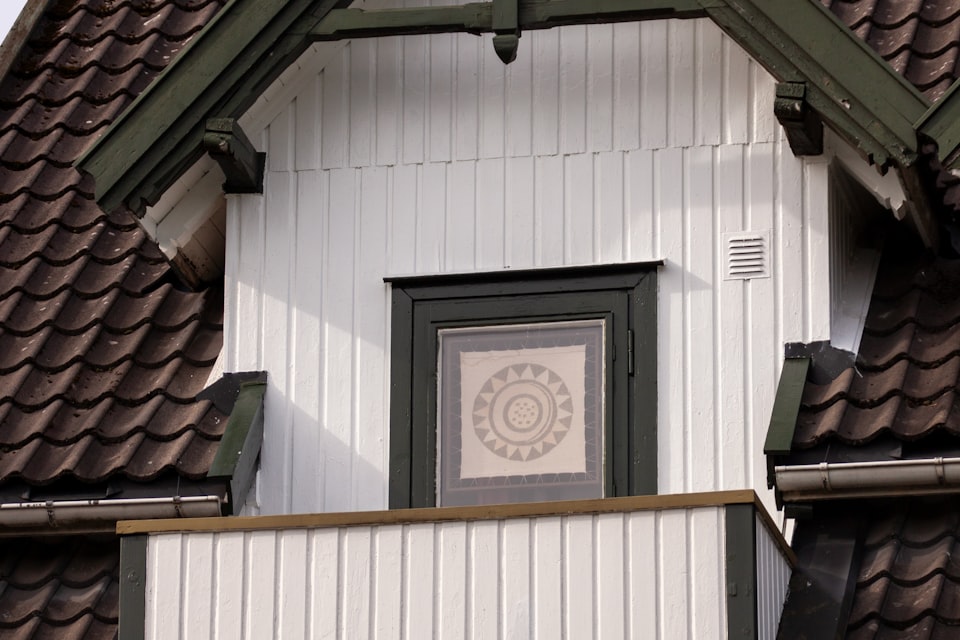Embracing the Future of Roof Assembly Design: A Deeper Dive into ASHRAE 90.1

The term “roof assembly” is no longer just a mundane construction phrase; it has become a stepping stone to a sustainable future. In the realm of sustainable architecture, roof assembly design plays a critical role in efficient energy management, necessitating a meticulous and well-informed approach. A cornerstone in this area is the ASHRAE 90.1 standard, an American national standard that offers comprehensive guidelines for energy-efficient designs in new buildings, excluding low-rise residential buildings. In this blog post, we will delve into some of the standard’s essential roof-related elements, focusing on Roofs with Insulation Entirely Above Deck, as presented in Section A2.
A. General Provisions for Roofs (A2.1)
The general provisions in ASHRAE 90.1 emphasize that the buffering effect of suspended ceilings or attic spaces should not be considered in U-factor calculations. The U-factor (or U-value) refers to the rate at which a building component or assembly, such as a roof, conducts non-solar heat flow. A lower U-factor implies better insulation, leading to improved energy efficiency.

B. Roofs with Insulation Entirely Above Deck (A2.2)
Roofs with insulation entirely above the deck form a crucial aspect of the ASHRAE 90.1 standards. These provisions significantly influence how roof assemblies are designed and evaluated for energy efficiency.
B1. General Provisions (A2.2.1)
ASHRAE 90.1 specifies that the base assembly of roofs with insulation entirely above the deck should include continuous insulation over a structural deck. The U-factor calculation for such roofs includes various components, such as R-0.17 for the exterior air film, R-0 for the metal deck, and R-0.61 for the interior air film with heat flow up. Notably, the insulation is added continuously and remains uninterrupted by framing, resulting in a framing factor of zero.

B2. Rated R-Value of Insulation (A2.2.2)
For roofs with insulation entirely above the deck, the R-value, which measures the insulation’s effectiveness, applies to the continuous insulation. Exceptions allow for interruptions for framing and pads for mechanical equipment, provided their combined total area doesn’t exceed one percent of the total opaque assembly area.

B3. U-Factor (A2.2.3)
U-factors for roofs with insulation entirely above the deck should be derived from Table A2.2. It is important to note that using these U-factors is not acceptable if the insulation is not entirely above the deck or if it is not continuous.
Conclusion
Embracing the guidelines outlined in ASHRAE 90.1 paves the way for more sustainable and energy-efficient buildings, transforming the way architects and builders approach roof assembly designs. By understanding these standards, particularly those related to roofs with insulation entirely above the deck, professionals can develop designs that not only meet the energy needs of the present but also cater to the sustainability demands of the future.
This deep dive into ASHRAE’s 90.1 guidelines provides a glimpse into the meticulous details involved in sustainable architecture. Are you eager to uncover more insights? Continue your learning journey and explore the fascinating world of green building design on the Firstgreen blog.
Continue reading on the Firstgreen blog to expand your knowledge and explore the exciting realm of sustainable architecture and design.